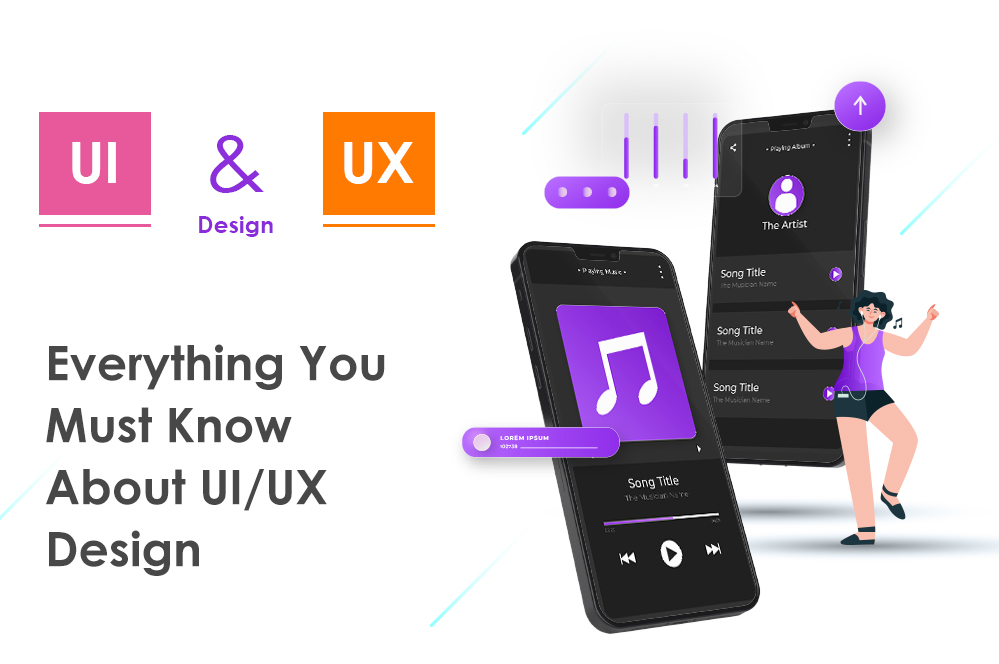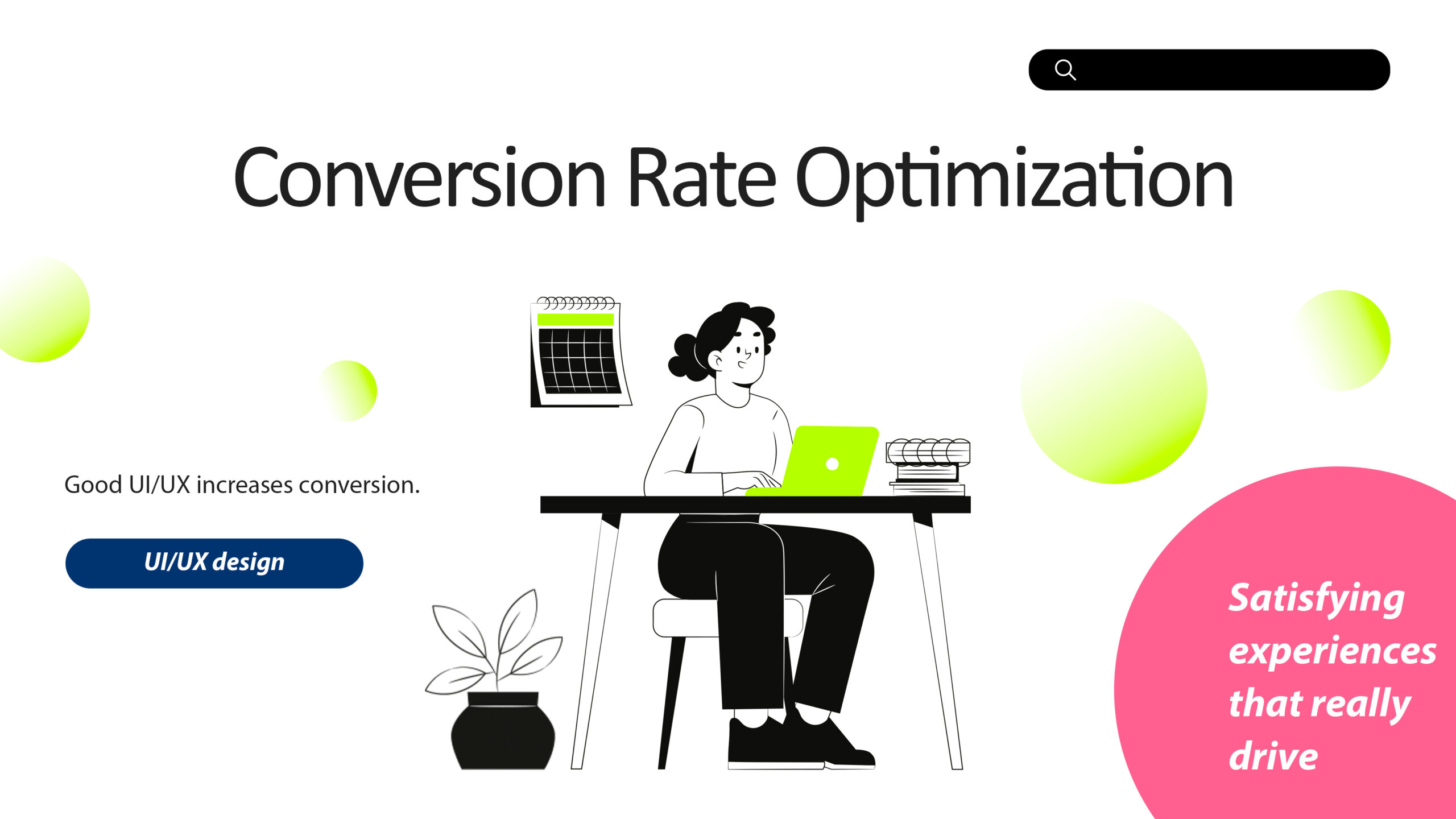
Everything You Must Know About UI/UX Design :-
That being said, good UI/UX design is essential in creating pleasant, functional, and well-reasoned user experiences in this digital age. Whichever form of digital approach or any kind of digital product it is-whether it is an app, a website, or otherwise-the other elements that play fundamental roles in the decision a person makes when engaging with any specific brand are manifested by the user interface and user experience. The discussion affords itself an opportunity to look at both of these terms in detail and the relevance they lend unto modern design.

Understanding UI and UX : a Breakdown
UI (User Interface) :- UI means user interface and describes the graphical layout of any application or website in broad terms. In simple words, it refers to buttons, texts, images, sliders, input fields, or any other entity that is visually apparent to the user. In brief, the UI relates to the visual appearance of a product and the way through which the user interacts with it.
Critical parts of UI design consist of :-
Colour schemes
Typography
Layouts
Buttons and icons
Responsive design

The goal of UI design -: To make something aesthetically exquisite for the user, pretty simple and fun; for it to offer a smooth experience with great flows that merge as one into seamless experiences for the user.
User Experience (UX) :- On the other hand, UX relates to the overall experience of the user while interacting with a product. It is much more about how a user senses a product rather than just how it appears. In UX, the focus lies around optimising different user interactions for effective usage and satisfaction. The UX designers map the user flow such that each step a user takes is as efficient as possible while creating value. The UX process considers user needs, business objectives, and all emotional responses invoked during interactions.
Core UX design principles include :- user research or understanding the needs of users; wireframes that feature as product blueprints; prototyping and testing of ideas; and usability testing leading to information architecture that focuses on structuring content.
Goal of designing UX: “To achieve designing the best smooth user experience that is effective and pleasurable from start to end whenever a user uses a product.”
Key Difference between UI/UX UI: The touch, feel and look of the product, like icons, buttons, colours. On the other hand, UX is the usability, navigation and user journey. So a good looking UI will give bad UX if the user journey is not kept in mind while designing it.
In simple words;
UI = Look.
UX = Feel.

Importance of UI/UX for Digital Products :-
First Impressions Matter :- In the time it takes for a user to assess an interface, good design will decide whether the interface is attractive and easy to use enough for users to stay and explore, or whether the ill-conceived navigation and visually cumbersome layout will drive users away in a matter of seconds.
Improve User Engagement :- Good UX means higher user happiness, and therefore, is more engaging. When users deem an app easy to navigate, they will likely explore it further.
Conversion Rate Optimization :- Good UI/UX increases conversion. Be it a newsletter signup, online purchase, or any other goal you might have; your chances for those conversions increase while taking a smooth and easy journey.
Customer Loyalty :- If a user is happy with a product or service, they are more likely to come back and trust your brand if they find the navigation friendly. Solidifies brand loyalty.
Accessibility :- Allowing your product to fit users into different perspectives, including those who are disabled, gives you and your users wider scope and builds up an inclusive sphere of activity amongst digital social structures.
Future of UI/UX Design :- As technology progresses day after day, the UI/UX playing field also constantly evolves. New trends like voice user interfaces, artificial intelligence, and augmented reality are the new faces of users with digital products. Now, the users get more personal, immersive, and intuitive experiences. The knowledge of accessibility and ethical design in business operations is bringing inclusive design practices into greater emphasis.
Conclusion :- That is, UI/UX design is more than aesthetic look of a product or nice image-it’s about designing an experience for the user in order to satisfy his needs and expectations. As the factor of businesses factor in aesthetics, they can balance functionalities by enabling intuitive and satisfying experiences that really drive the level of engagement and loyalty. One of the investments a designer or business owner should make in order to ensure success at the building of good and user-centered digital products would involve thoughtful UI/UX design.





 Book call
Book call



